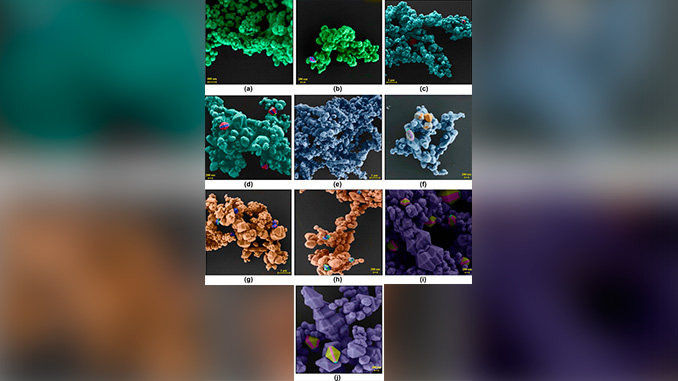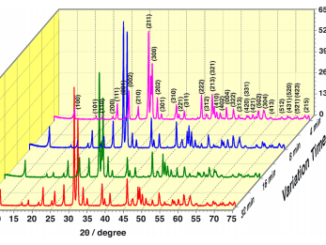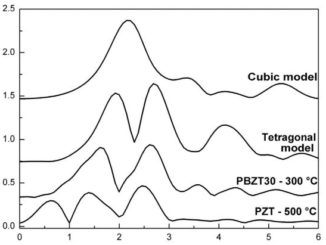
Writers: M.R.D. Bomio; L.S. Cavalcante; M.A.P. Almeida; R.L. Tranquilin; N.C. Batista; P.S. Pizani; M. Siu Li; J. Andres; and E. Longo
Keywords: Clusters; Precipitation; Crystal structure; Raman; Luminescence
Abstract: Lead molybdate (PbMoO4) crystals were synthesized by the co-precipitation method at room temperature and then processed in a conventional hydrothermal (CH) system at low temperature (70 °C for different times). These crystals were structurally characterized by X-ray diffraction (XRD), Rietveld refinement, micro-Raman (MR) and Fourier transformed infrared (FT-IR) spectroscopies. Field emission scanning electron microscopy images were employed to observe the shape and monitor the crystal growth process. The optical properties were investigated by ultraviolet–visible (UV–Vis) absorption and photoluminescence (PL) measurements. XRD patterns and MR spectra indicate that these crystals have a scheelite-type tetragonal structure. Rietveld refinement data possibilities the evaluation of distortions in the tetrahedral [MoO4]clusters. MR and FT-IR spectra exhibited a high mode ν1(Ag) ascribed to symmetric stretching vibrations as well as a large absorption band with two modes ν3(Eu and Au) related to anti-symmetric stretching vibrations in [MoO4] clusters. Growth mechanisms were proposed to explain the stages involved for the formation of octahedron-like PbMoO4 crystals. UV–Vis absorption spectra indicate a reduction in optical band gap with an increase in the CH processing time. PL properties of PbMoO4 crystals have been elucidated using a model based on distortions of tetrahedral [MoO4] clusters due to medium-range intrinsic defects and intermediary energy levels (deep and shallow holes) within the band gap.




